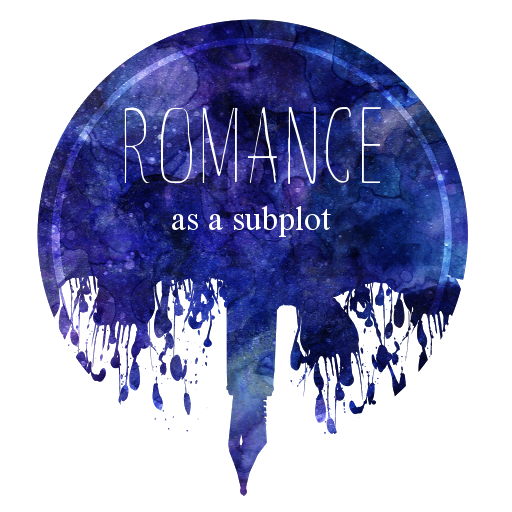

Where the heroine loves a hero, he needs to be likable (and loveable) to the women reading. Common Tropes in Romantic FantasyĪ female lens: The readership is largely made up of women: they want to read narratives that foreground women and their stories.

Ultimately, we come to Romantic Fantasy for stories that combine adventure and romance and allow us to escape the mundane world for as long as it takes to turn a few (or several) hundred pages. That being said, readers do expect the romance to be significant and take up screen time: The brief mentions of romance in The Lord of the Rings, for example, don’t qualify it as Romantic Fantasy and would disappoint the genre’s readers. (Indeed, villain Romance, a romantic trope, translates well into the genre.) That could take the form of finding the MacGuffin, saving the world from the evil overlord, or even becoming the evil overlord in a more villainous take on the genre. These stories are at their core Fantasy adventures. While most Fantasy tropes can find a home in Romantic Fantasy, readers have specifically come to expect some key elements from this genre. When trying to remember which is which, it’s helpful to keep in mind the second word is the noun (Romantic Fantasy or Fantasy Romance) or its core genre while the first word is the adjective that tells you what kind of Fantasy or Romance. Raven Kennedy’s The Plated Prisoner series, beginning with Gild, is a recent example.
Fantasy novels with romance subplot series#
An HEA/HFN is not guaranteed in Romantic Fantasy books however, readers may still be disappointed if your epic love story doesn’t end happily.īooks in a series tend to follow the same central characters as they face various trials and tribulations and may feature single, dual, or multiple points of view. They may or may not follow Romance rules for example, the heroine might have multiple partners, as seen in A Court of Thorns and Roses when the central character moves from one love interest to another through the course of the series. They tend to be longer (books longer than one hundred thousand words are common, and those beyond two hundred thousand words are still within normal parameters though fifty-thousand-word novels also exist within series) and will feature fantastical elements, such as magic, fantasy creatures, and worlds that, while influenced by the history of our own, are not quite the same. Romantic Fantasy books, on the other hand, follow Fantasy rules and expectations (some readers shelve these as “Romfan”). They are romances-they just happen to take place in a Fantasy setting. Each book in a series generally follows a different couple. As such, books in that subgenre obey the rules of Romance (e.g., ending with an HEA or HFN), broadly follow the Romance structure outlined in Gwen Hayes’ Romancing the Beat, and tend to have a single or dual point of view. Where Romantic Fantasy is a subgenre of Fantasy, Fantasy Romance is a subgenre of Romance (some readers shelve it as “Fanrom”). Whichever you choose, as with any Romance, it’s advisable to signal the heat level to readers through marketing material, including covers and blurbs. They run the gamut in terms of heat level, from no hint of sexual desire even in characters’ thoughts all the way to explicit sex scenes with four-letter anatomical terms.

Romantic Fantasy and Fantasy Romance: What’s the Difference?īoth genres tend to be written for women readers and feature romantic relationships, which can be heterosexual, LGBT+, or polyamorous (as foregrounded by reverse harem’s success in recent years). Maas, Raven Kennedy, and Laura Thalassa flying high, proving that both genres sell for traditional publishers and indie authors alike. If you like both, you’re in luck: A quick look at the bestseller lists and Amazon charts shows the likes of Sarah J.

While the Venn diagram of their readership does overlap, distinct expectations mean readers of one may not choose to read the other. Romantasy is often confused with its sister genre, Fantasy Romance. The focus can skew toward the Fantasy plot with a significant minority of romantic elements, or it can balance fairly evenly between the two. Romantic Fantasy (AKA Romantasy) is a subgenre of Fantasy that pairs a strong romantic subplot with a Fantasy main plot.


 0 kommentar(er)
0 kommentar(er)
